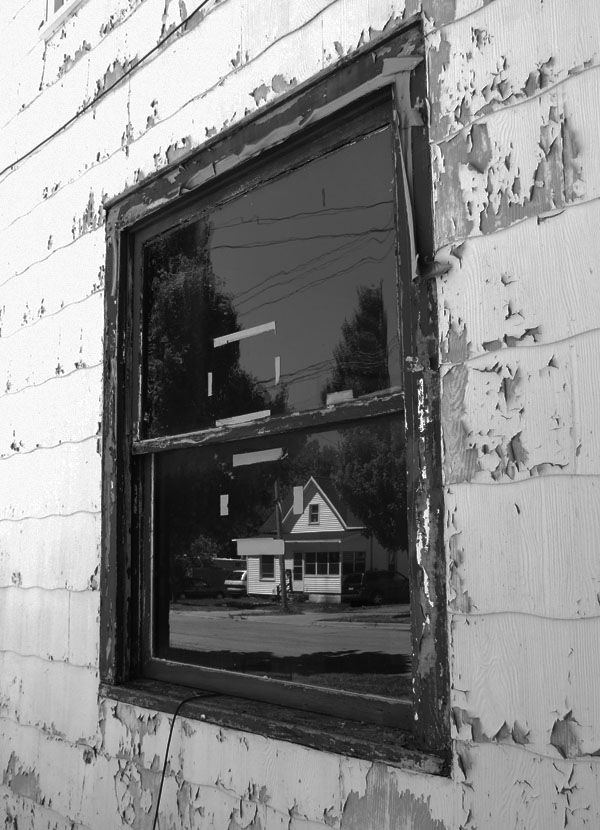
After a month in the suburbs of St. Paul, I am happy to be back home in Adrian, Michigan. Instead of getting too texty, I decided to go for a walk and take a picture of rustbelt decomposition. Different from the creative destruction of the suburbs, the sort of industrial decline that characterizes Michigan tends to convey a certain feeling of heaviness, as through cities are just settling back into the ground from whence they sprang.
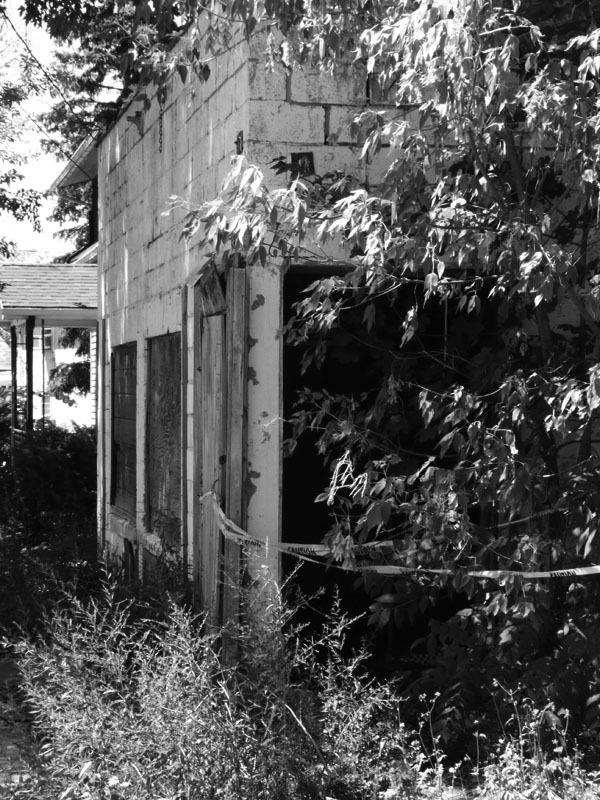
And, so I began the trek to the downtown cafe where I am composing this week’s entry. This spot is a favorite of mine. Occasionally, I pass this place while running. It’s nestled between two occupied houses. I wonder what it once was. And, if there is a zombie or giant trapdoor spider inside, waiting to snatch me as a I run by. I run faster.

This was a car that I passed. I had promised I would photograph a car while I was walking. In my neighborhood, there are lots of rusty cars (including my own). But this one seemed especially interesting.
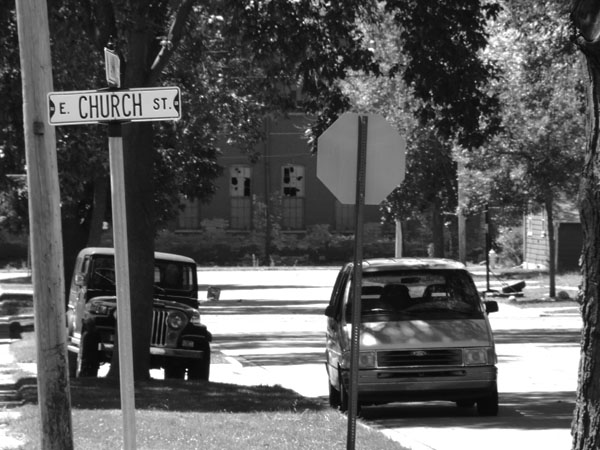
Here, we are approaching an old factory that once supported this neighborhood.
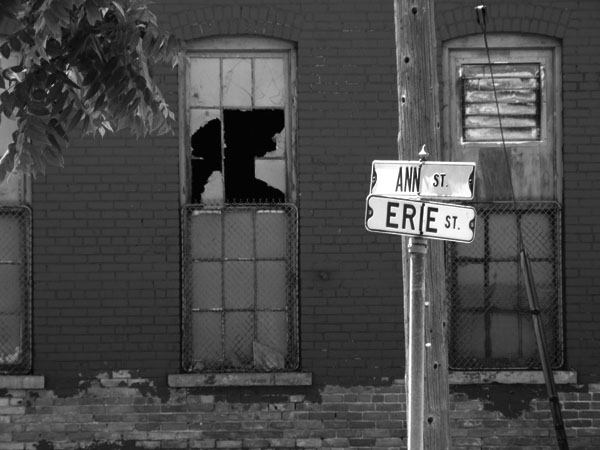
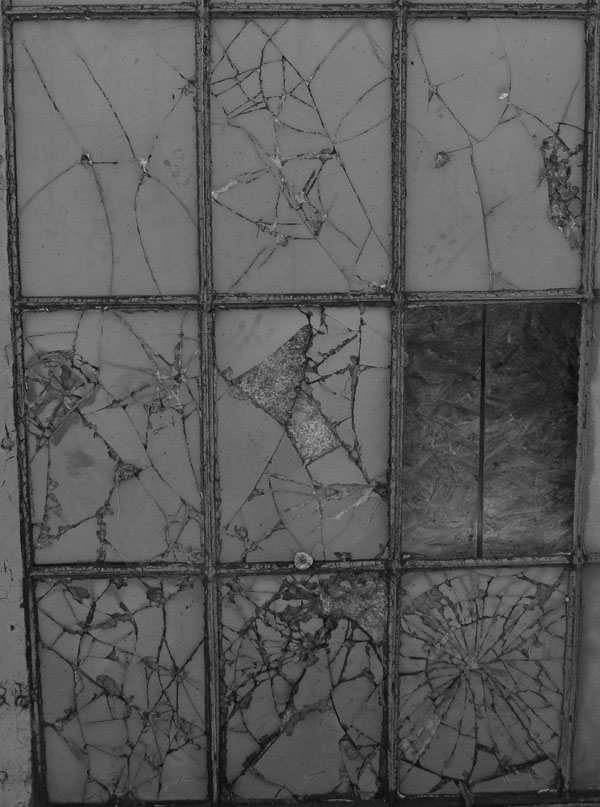


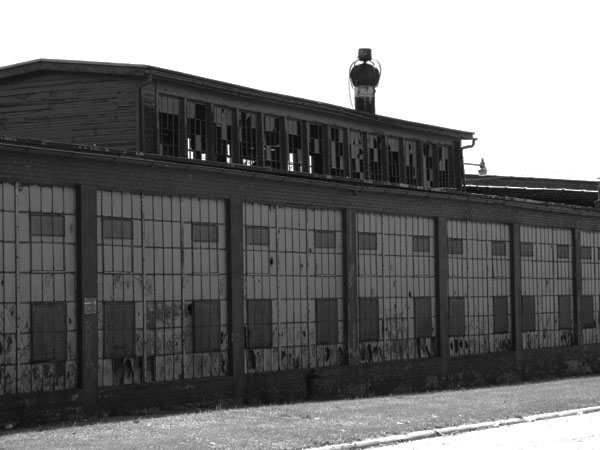
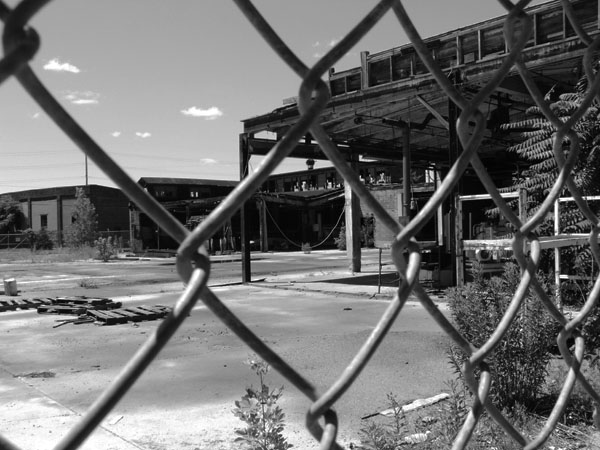
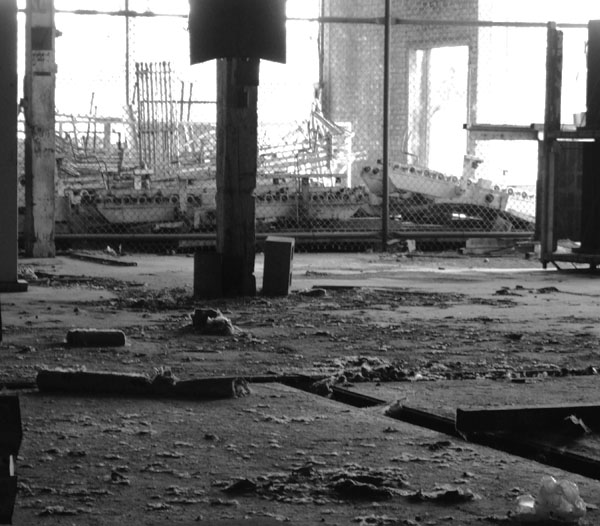
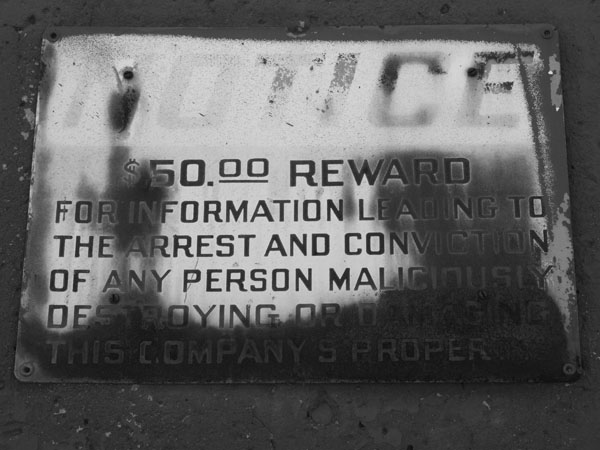

Here is a house a couple blocks down from the factory. It frames the current situation of working-class America. A formerly nice family home, in a state of decay, and put up for sale. The only new thing that isn’t in a state of total disrepair is the satellite dish on the roof.

Here’s a detail of the siding.
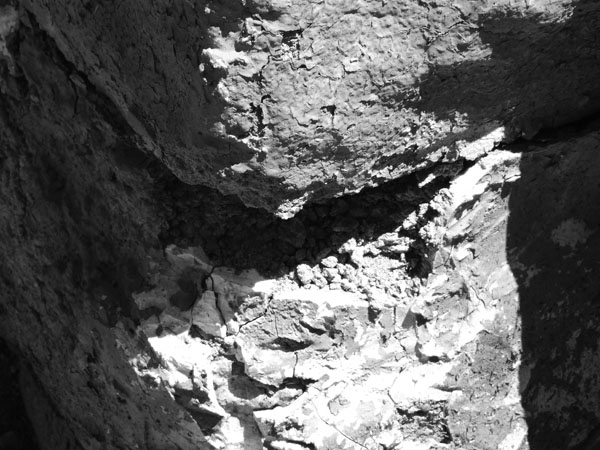
And another of the foundation.
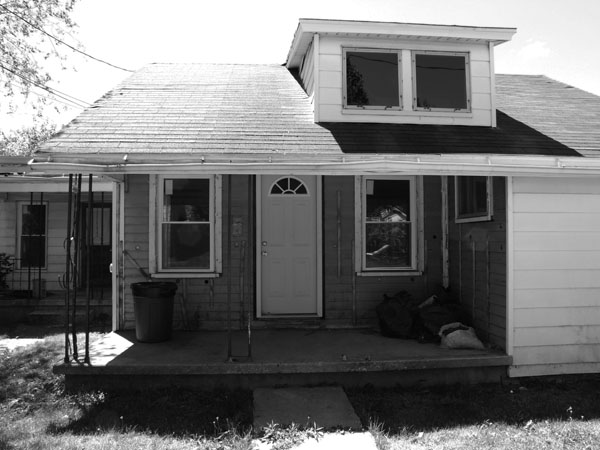
This is the house next door.
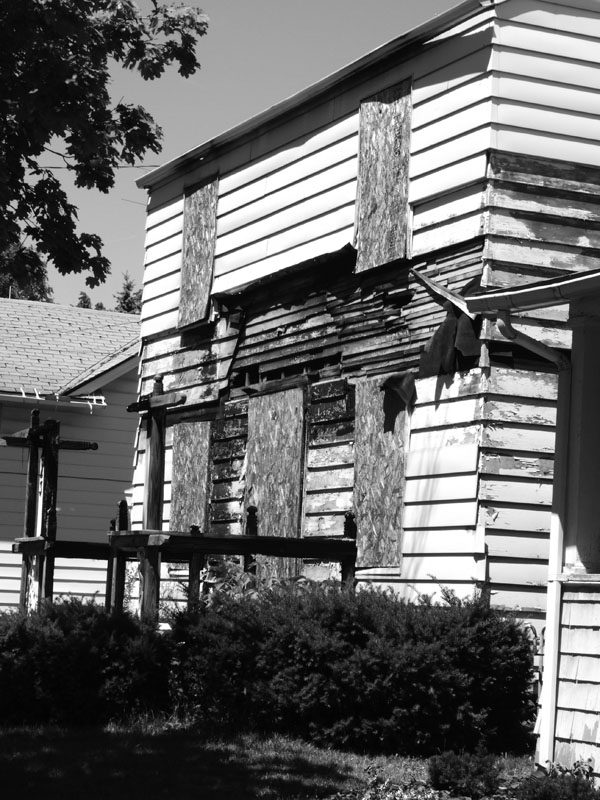
And another house a few blocks away. Fortunately, many homes do not look like this. The difference seems to be simply a reflection of who has steady work and good benefits.
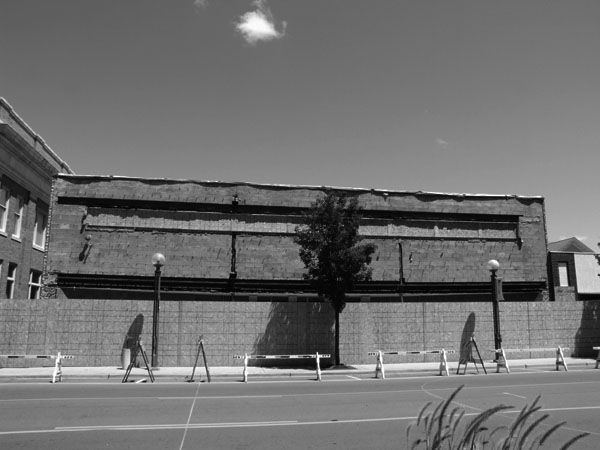
This is the library, which is currently being renovated.

And now we are downtown. Thinking about this experience (thoughts of Neruda, the trip from Minnesota to Michigan, my walk to work, and the electronic poetry symposium), I must reflect on something Jason says in his post, “that all creative works could be construed as digital poems,” alongside Michel de Certeau’s famous description of “the long poem of walking.” On the one hand, we run the risk of broadening the category of digital poetry to the point of meaningless… on the other hand, thinking along these lines might reveal something that is truly spectacular and liberating about “new media.” While my new media piece (a bunch of pictures with some words) is technically unexceptional, it is this window into banality that new media affords us that makes it truly revolutionary. I took a pretty ordinary, unspectacular walk through my little town on an unremarkable day. I documented my walk. I stripped out the colors and cropped the images. And arranged them for you to see. And here they are.
It is truly a lo-fi application of new media, but it transformed the walk as I experienced it. And it allows you to participate in an extremely specific slice of life that you may not otherwise experience. Your reading of my post will never replicate my experience of walking (you won’t, for example, know entirely the warmth and affection of the setting; the dread that comes with passing the vacant building that I run by every day or so; or the twinge of pain that I feel as I see yet another crumbling house vacated, foreclosed, and put up for sale), but you will have an experience of it. This cultural packet switching has always been possible, but never to this extent, with this speed, and with such minimal effort.The density of information, too, allows for subtleties to be transmitted in ways that were not possible before. For example, Strasser and Coverley’s “in the white darkness” or Jason Nelson’s “Panhandle” or Zoe Beloff’s “Influencing Machine” succeed in combining words, images, motion, and sound to create worlds of experience that far surpass the simple series of images contained here. On the other hand, Phil Smith’s “Dread, Route, and Time” focuses on the physical act of walking and the collectively produced Exeter Mis-Guide actually provides instructions on how anyone can walk artfully through a city. Considered as acts of packet switching, these experiences unite as meandering flows of consciousness, not “made possible” through new media, but certainly made more probable.
Davin – your photos are truly fantastic – I feel I’m looking at Buffalo New York, the kingpin of beautiful decrepitude. Who knew that such waste could be so beautiful! Just outside of Buffalo is an old railway station that I believe was used around the turn of the century, back when Buffalo was a gleaming, growing, extraordinarily prosperous city. Now you can walk through rubble, toilets, and see crumbling sculpture, broken stained glass, and practically hear the clatter of carriages and cars. These rust belt cities are like wormholes – I feel as though I COULD be transported to another time.
I also love your comment “it is this window into banality that new media affords us that makes it truly revolutionary.” This is precisely what I’ve been thinking lately, along the lines of what Stanley Cavell makes available. Digital poetry, like conceptual writing, forces us to re-assess if not continually expand our definition of writing, poetry, language, meaning.
thanks for the links, davin…
i continually find myself frustrated by the inability of my meager technical skills to keep up with my grandiose ideas.
a ‘mini’ rhizome in the meantime:
while reading your post and following the links i have been chatting to m.wolf-meyer via google. i had just commented that he would return from india shirtless and beaded… ‘with dreads,’ he said. ‘that’s the plan.’
at the same time i clicked into ‘dread, route and time’ to find his name cited in the first few lines.
where is that wire going in the first photo? or where did it come from?